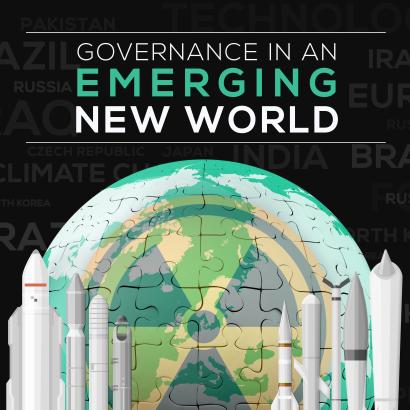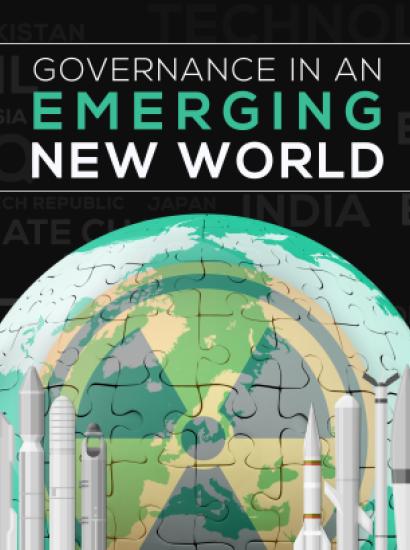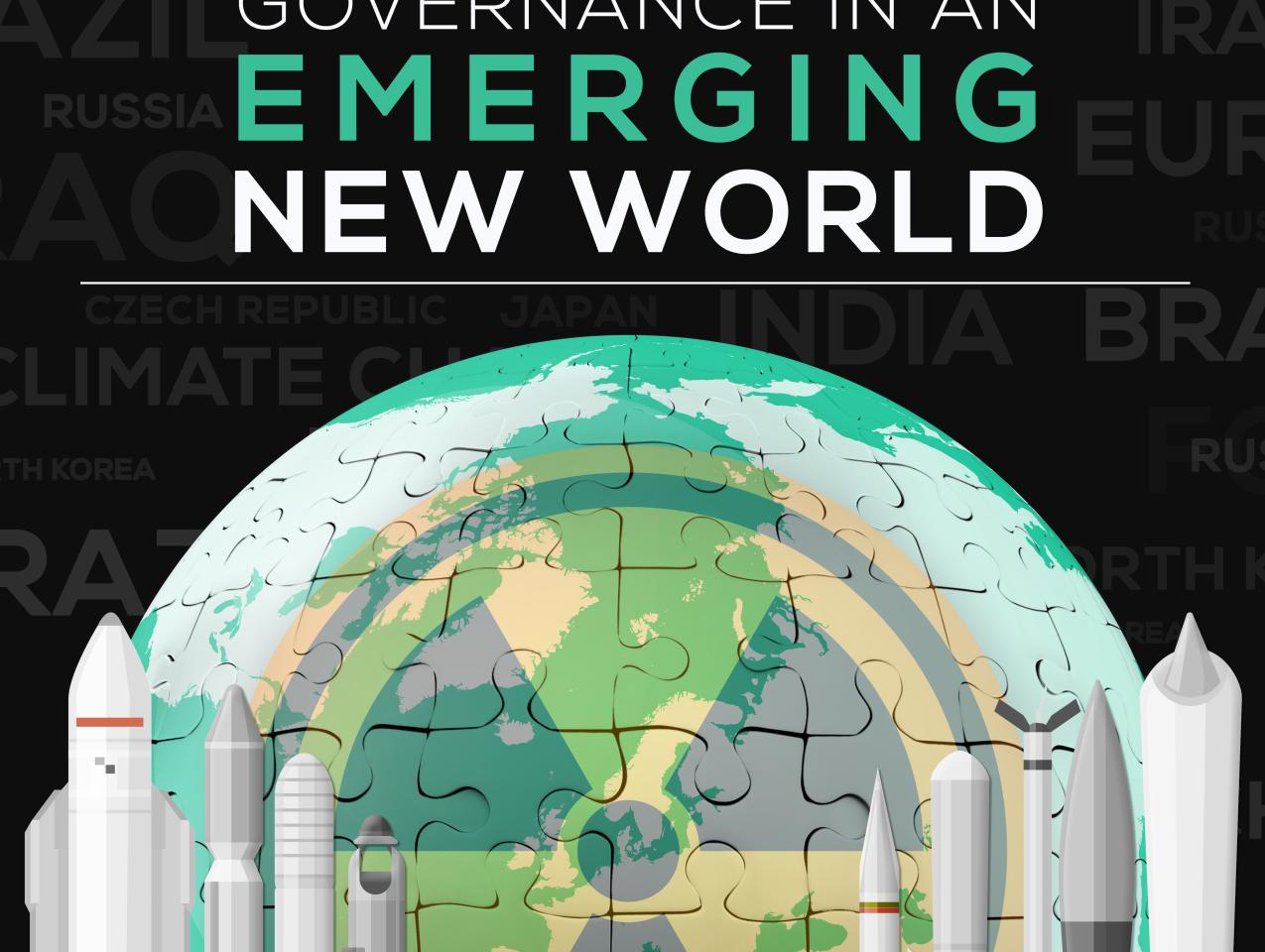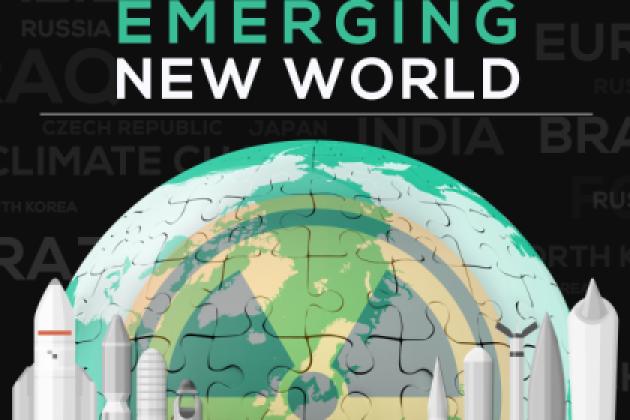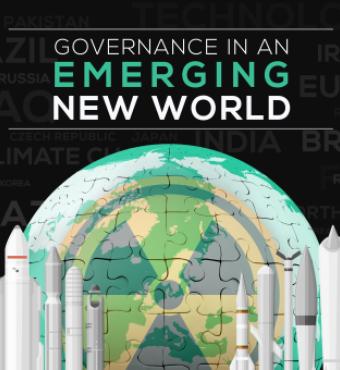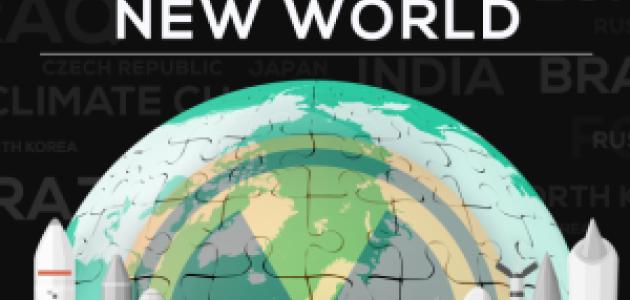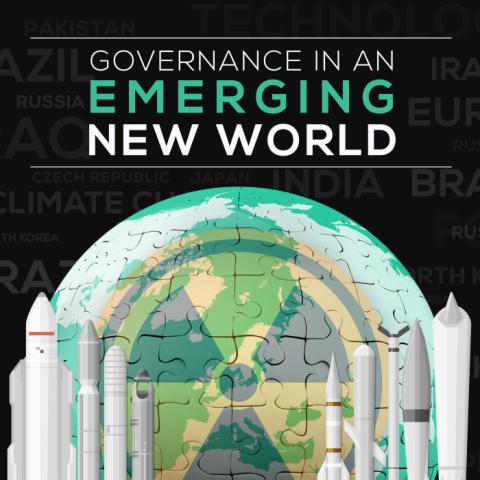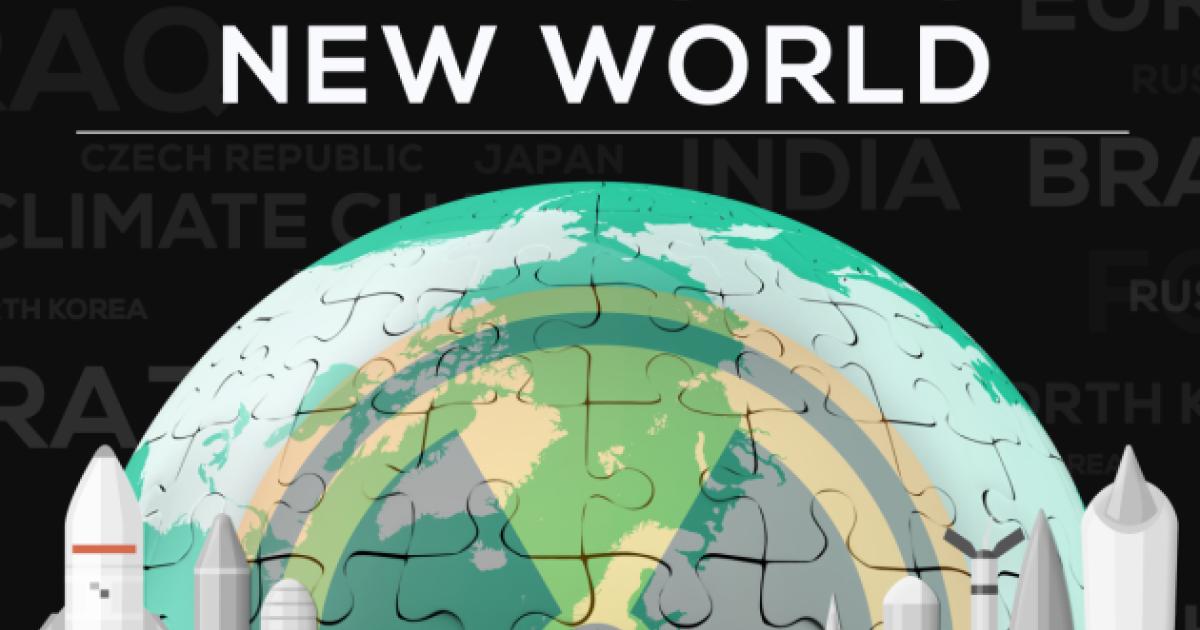Sharp changes are afoot throughout the globe. Demographics are shifting, technology is advancing at unprecedented rates, and these changes are being felt everywhere.
How should we develop strategies to deal with this emerging new world? We can begin by understanding it.
First, there is the changing composition of the world population, which will have a profound impact on societies. Developed countries are experiencing falling fertility rates and increasing life expectancy. As working-age populations shrink and pensions and care costs for the elderly rise, it becomes harder for governments to afford other productive investments.
At the same time, high fertility rates in Africa and South Asia are causing both working-age and total populations to grow, but that growth outpaces economic performance. And alongside a changing climate, these parts of the world already face growing impacts from natural disasters, human and agricultural diseases, and other resource constraints.
Taken together, we are seeing a global movement of peoples matching the transformative movement of goods and of capital in recent decades—and encouraging a populist turn in world politics.
Second is automation and artificial intelligence. In the last century, machines performed as instructed, and that “third industrial revolution” completely changed patterns of work, notably in manufacturing. But machines can now be designed to learn from experience, by trial and error. Technology will improve productivity, but workplace disruption will accelerate—and will be felt not only by call center responders and truck drivers but also by accountants, by radiologists and lawyers, even by computer programmers.
All history displays this process of change. What is different today is the speed of change. In the early 20th Century, American farm workers fell from half of the population to less than five percent alongside the mechanization of agriculture. Our K-12 education system helped to navigate this disruption by making sure the next generation could grow up capable of leaving the farm and becoming productive urban workers. With the speed of artificial intelligence, it’s not just the children of displaced workers but the workers themselves who will need a fresh start.
Underlying the urgency of this task is the reality that there are now 7.6 million unfilled jobs in America. Filling them and transitioning workers displaced by advancing technology to new jobs will test both education (particularly K-12, where the United States continues to fall behind) and the flexibility of workers to pursue new occupations. Clearly, community colleges and similarly nimble institutions can help.
The third trend is fundamental change in the technological means of production, which allows goods to be produced near where they will be used and may unsettle the international order. More sophisticated use of robotics alongside human colleagues, plus additive manufacturing and unexpected changes in the distribution of energy supplies, have implications for our security and our economy as well as those of many other trade-oriented nations, which may face a new and unexpected form of deglobalization.
This ability to produce customized goods cheaply and in smaller quantities may, for example, lead to a gradual loss of cost-of-labor advantages. Today, 68 percent of Bangladeshi women work in sewing, and 4.5 million Vietnamese work in clothing production. Localized advanced manufacturing could block this traditional route to industrialization and economic development. Robots have been around for years, but robotics on a grand scale is just getting started: China today is the world’s biggest buyer of robots but has only 68 per 10,000 workers; South Korea has 631.
These advances also diffuse military power. Ubiquitous sensors, inexpensive and autonomous drones, nanoexplosives, and cheaper access to space through microsatellites all empower smaller states and even individuals, closing the gap between incumbent powers like the United States and prospective challengers and giving potentially disruptive capabilities to non-state and terrorist actors. The proliferation of low-cost, high-performance weaponry enabled by advances in navigation and additive manufacturing diminishes the once-paramount powers of conventional military assets like aircraft carriers and fighter jets. This is a new global challenge, and it threatens to undermine U.S. global military dominance unless we can harness the new technologies to serve our own purposes. At the same time, the proliferation of nuclear weapons poses a serious global threat.
Finally, the information and communications revolution is making governance more difficult everywhere. An analogue is the introduction of the printing press: as the price of that technology declined by 99 percent, the volume grew exponentially. But that process took ten times longer in the 15th, 16th, and 17th Centuries than we see today. Information is everywhere—some of it accurate, some inaccurate, such that entire categories of news or intelligence appear less trustworthy. The “population” of Facebook now exceeds the population of the largest nation-state. We have access to ceaseless and instantaneous communication with everybody, anybody, at any time. These tools can be used to enlighten, but they can also be used to distort, intimidate, divide, and oppress.
On the one hand, autocrats increasingly are empowered by this electronic revolution, enabled to manipulate technologies to solidify their rule in ways far beyond their fondest dreams in times past. On the other hand, individuals can now reach others with similar concerns around the world. People can easily discover what is going on, organize around it, and take collective action.
At present, many countries seek to govern over diversity by attempting to suppress it, which exacerbates the problem by reducing trust in institutions. Elsewhere we see governments unable to lead, trapped in short-term reactions to the vocal interests that most effectively capture democratic infrastructures. Both approaches are untenable. The problem of governing over diversity has taken on new dimensions.
The good news is that the United States is remarkably well-positioned to ride this wave of change if we are careful and deliberate about it. As an immigrant nation, we have always had to govern over diversity. Meanwhile, other countries will face these common challenges in their own way, shaped by their own capabilities and vulnerabilities. Many of the world’s strongest nations today—our allies and others—will struggle more than we will. The greater our understanding of other countries’ situations, the stronger our foundation for constructive international engagement.
This is why we have embarked on this new project on Governance in an Emerging New World. Our friend Senator Sam Nunn has said that we need to strike a balance between optimism about what we can do with technology and realism about technology’s dark side. So we aim to understand these changes and inform strategies that both address the challenges and take advantage of the opportunities afforded by these transformations.
To do so, we are convening a series of meetings and calling for papers to examine how these technological, demographic, and societal changes are affecting the United States (our democracy, our economy, and our national security) and countries and regions around the world, including Russia, China, Latin America, Africa, the Middle East, and Europe.
The Middle East in an Emerging World
To outside observers, the Middle East and North Africa have long been defined by violence, political upheaval, and religious conflict. Such a view is not unfounded; from the Iranian Revolution to the Arab Spring, the Iran-Iraq War to the Syrian Civil War, the region has seen more than its fair share of turmoil in recent decades. But it is inaccurate to reduce it to a battlefield of old feuds and new wars. States across the Middle East and North Africa confront many of the same global concerns as all other nations and regions. They must contend with the global challenges of shifting demographics, mass migration, governance in the internet age, and the impacts of greenhouse gases, which are affecting the region’s already harsh climate. Yet they also face new opportunities, such as the economic potential of new technologies and the expanding role of women in their economies.
This volume includes a selection of papers assessing what these global transformations mean for Saudi Arabia, Turkey, Iran, Egypt, and Israel, and a reflection on the state of technological development and entrepreneurship in the region. Against the backdrop of the Sunni-Shia divide, the Israel-Palestine conflict, and other longstanding sources of political dispute, can Middle Eastern and North African states adapt to the challenges and opportunities posed by a rapidly changing world?
We begin on the Arabian Peninsula, where Harvard University scholar Hicham Alaoui sees a mismatch between Mohammed bin Salman’s linear, autocratic rule and a large, technologically capable youth population. Perhaps, he writes, the Saudi Kingdom can move towards a pluralistic society and allow its dynamic youth to flourish, but such a move could introduce political instability, a prospect abhorrent to the Crown Prince.
Houssem Aoudi, a Tunisian entrepreneur and founder of local startups Afkar Incubator, Cogite Coworking Space, and Wasabi, joins his Afkar colleagues in reviewing the state of technological development and entrepreneurship in the United Arab Emirates, Egypt, and Tunisia. They conclude that the region has yet to “climb from imitation to innovation.” Stronger political and civil support, both within and across states, is necessary for entrepreneurs to make that jump.
Egypt, argues Stanford University professor Lisa Blaydes, has demonstrated some good governance—for example, in aspects of public health—but it has struggled to generate job opportunities for its growing youth population or to address endemic social challenges such as rampant obesity. If these trends continue, Egypt may find itself in the midst of renewed political instability or upheaval.
Arye Carmon, a Hoover Institution fellow and founder of the Israel Democracy Institute, writes that while Israel has built powerful “hardware”—durable institutions, a strong military, and a dynamic, high-tech economy—it continues to lack good “software”—namely a constitution. Israel’s is a diverse, at times disharmonious society; strengthening the political traditions and cohesion of the state will be key to the state’s continued success.
Former Turkish parliamentarian Aykan Erdemir, now a senior fellow at the Foundation for Defense of Democracies, warns that Turkey is at a “crossroads”: the government could further centralize its economic and political system, wasting the nation’s demographic window, or it could loosen control and encourage civic growth. Turkey’s NATO allies, the United States, in particular, would do well to encourage the latter move and help their erstwhile ally build more resilient institutions.
Finally, we turn to the Islamic Republic of Iran. Hoover Institution fellow Abbas Milani and Stanford University’s Roya Pakzad describe the Khamenei regime as “tactically nimble” and good at mitigating short-term issues as they arise but “strategically foolish,” unable or unwilling to mobilize the vast potential of the Iranian people. As Iran’s demographic dividend passes unrealized and its women’s liberation movement expands, the Islamic Republic faces an unstable future.
A roundtable discussion on this diverse and fascinating region, moderated by Milani, was organized at the Hoover Institution with the authors of these essays in the spring of 2019. That session, plus a lively public panel held here on the Stanford campus, helped to inform our own summary thoughts. Those observations conclude this volume. To all of our colleagues at the Hoover Institution who supported that effort, particularly Shana Farley and Rachel Moltz for their work on producing this compendium, we thank you.








